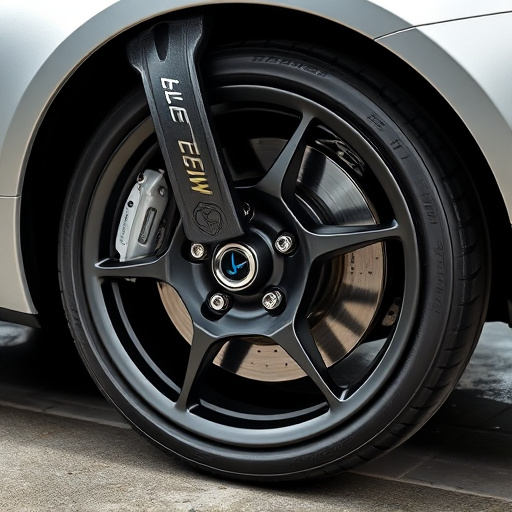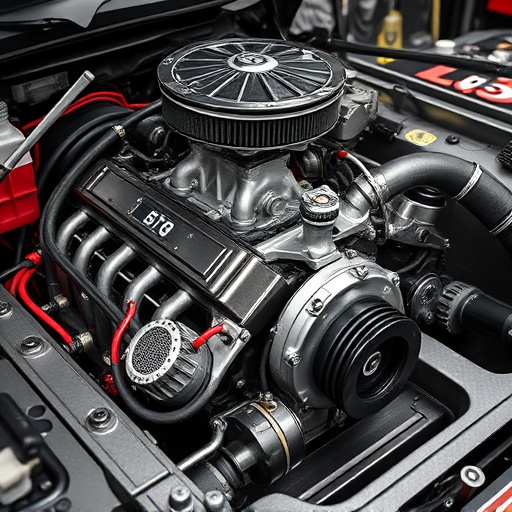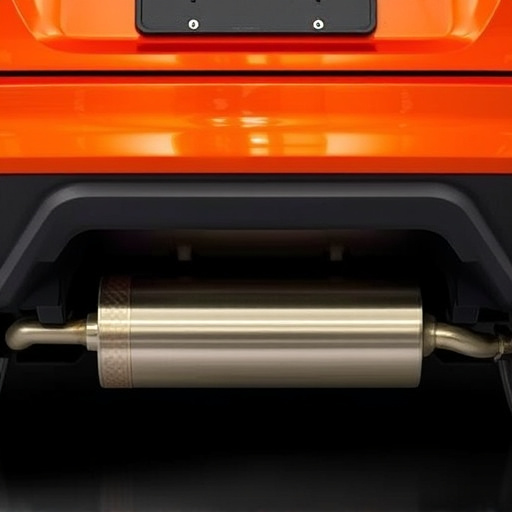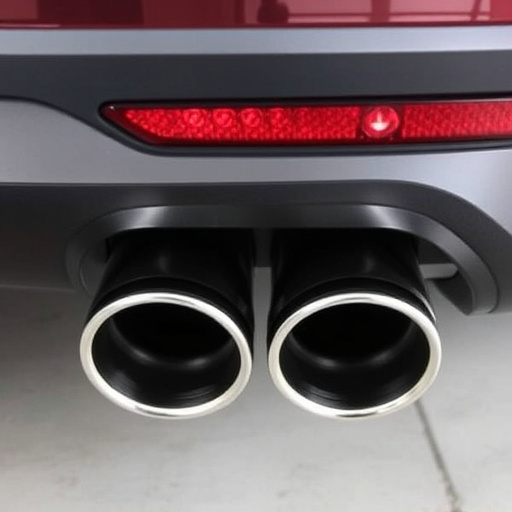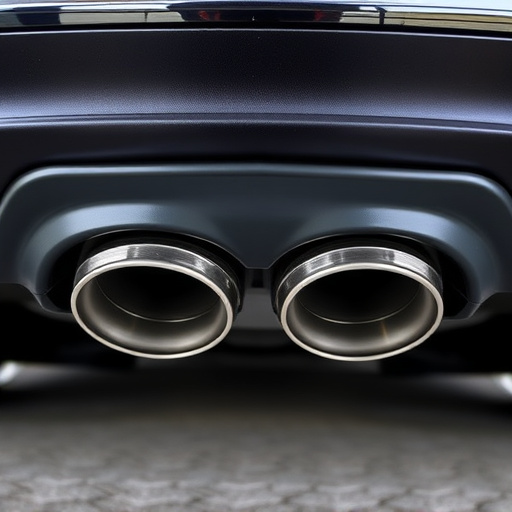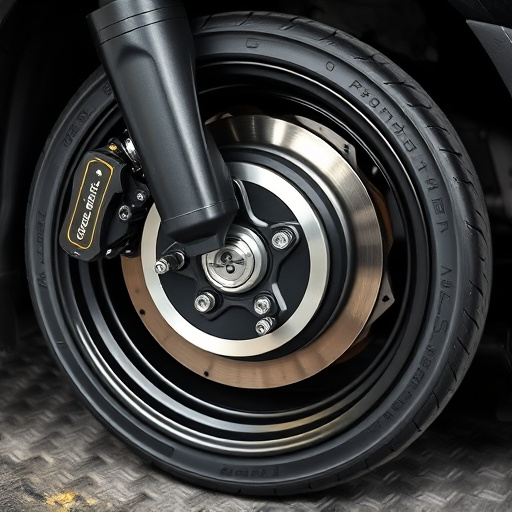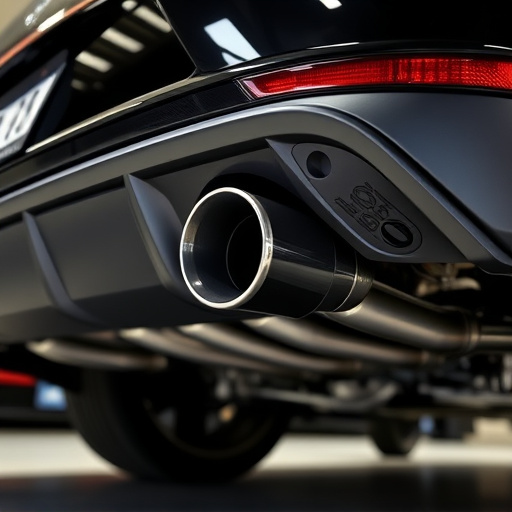Anti Roll Bars (ARBs) are vital safety components in modern vehicles, enhancing stability and handling during sudden turns or steering. These active suspension systems use spring-loaded rods to keep wheels level, reducing body lean and improving driver control. ARBs work in conjunction with performance brakes, exhaust systems, and air intakes for optimal vehicle dynamics, making them essential for high-performance driving and navigating challenging terrain, ultimately boosting safety and responsiveness.
An anti-roll bar (ARB), a fundamental safety feature in modern vehicles, plays a pivotal role in enhancing stability and control during abrupt steering inputs. This mechanical device, running along each side of the vehicle’s chassis, helps minimize body roll, preventing loss of control on twists and turns. By understanding the basic mechanism of ARBs and their profound impact on safety, we uncover how this technology is transforming the driving experience, offering enhanced stability in various conditions.
- Understanding Anti Roll Bars: The Basic Mechanism
- How Anti Roll Bars Enhance Safety During Sudden Steering
- Benefits and Applications of Anti Roll Bar Technology in Modern Vehicles
Understanding Anti Roll Bars: The Basic Mechanism

Anti Roll Bars (ARBs) are essential safety components designed to improve vehicle stability and handling during abrupt steering inputs or cornering. The basic mechanism of an ARB involves a spring-loaded rod that connects opposite sides of a vehicle’s suspension. When the driver steers suddenly, the ARB resists roll by keeping the wheels on the same plane, preventing excessive body lean and enhancing overall control.
This active suspension system plays a crucial role in stabilizing the vehicle, especially during dynamic driving conditions. By managing body roll, ARBs complement performance brakes, cat-back exhaust systems, and air intake systems to ensure optimal vehicle dynamics, offering both enhanced safety and improved performance.
How Anti Roll Bars Enhance Safety During Sudden Steering

Anti Roll Bars (ARBs) play a pivotal role in enhancing vehicle safety during sudden steering inputs. By connecting the wheels on opposite sides of a vehicle, ARBs counterbalance the rolling motion that can occur when a driver makes abrupt turns or navigates uneven roads. This mechanical intervention stabilizes the vehicle’s body, preventing it from leaning into sharp corners and maintaining better control.
During high-performance driving scenarios where swift steering is crucial, such as racing or navigating tight turns on winding roads, the benefits of ARBs become even more apparent. They work in tandem with performance brakes and performance air filters to ensure optimal handling. Moreover, well-designed ARBs can complement exhaust mufflers by reducing noise without compromising their structural integrity, contributing to a safer and more responsive driving experience.
Benefits and Applications of Anti Roll Bar Technology in Modern Vehicles

The anti roll bar (ARB), a pivotal component in modern vehicle dynamics, offers significant advantages in enhancing safety and handling during abrupt steering inputs. This advanced technology works by controlling body roll, thereby improving stability and reducing the risk of loss of control. ARBs are especially crucial in vehicles designed for high-performance driving or those navigating challenging terrain, where sudden changes in direction are common.
By employing anti roll bar systems, vehicles can better manage their dynamics during aggressive cornering, ensuring that power transfer remains optimal and tire grip is maximized. This benefit is further amplified when combined with other high-performance parts like advanced exhaust mufflers and tips, which contribute to precise control and responsive steering. Such integration not only improves safety but also elevates the overall driving experience, making vehicles more agile and capable on both road and track.
Anti roll bars (ARBs) are a fundamental safety feature in modern vehicles, significantly enhancing stability during abrupt steering inputs. By mechanically connecting opposing wheels, ARBs prevent excessive body roll, improving handling and reducing the risk of accidents. This technology’s benefits extend to various driving conditions, from rough terrain to high-speed cornering, making it an indispensable component for vehicle safety and performance.








